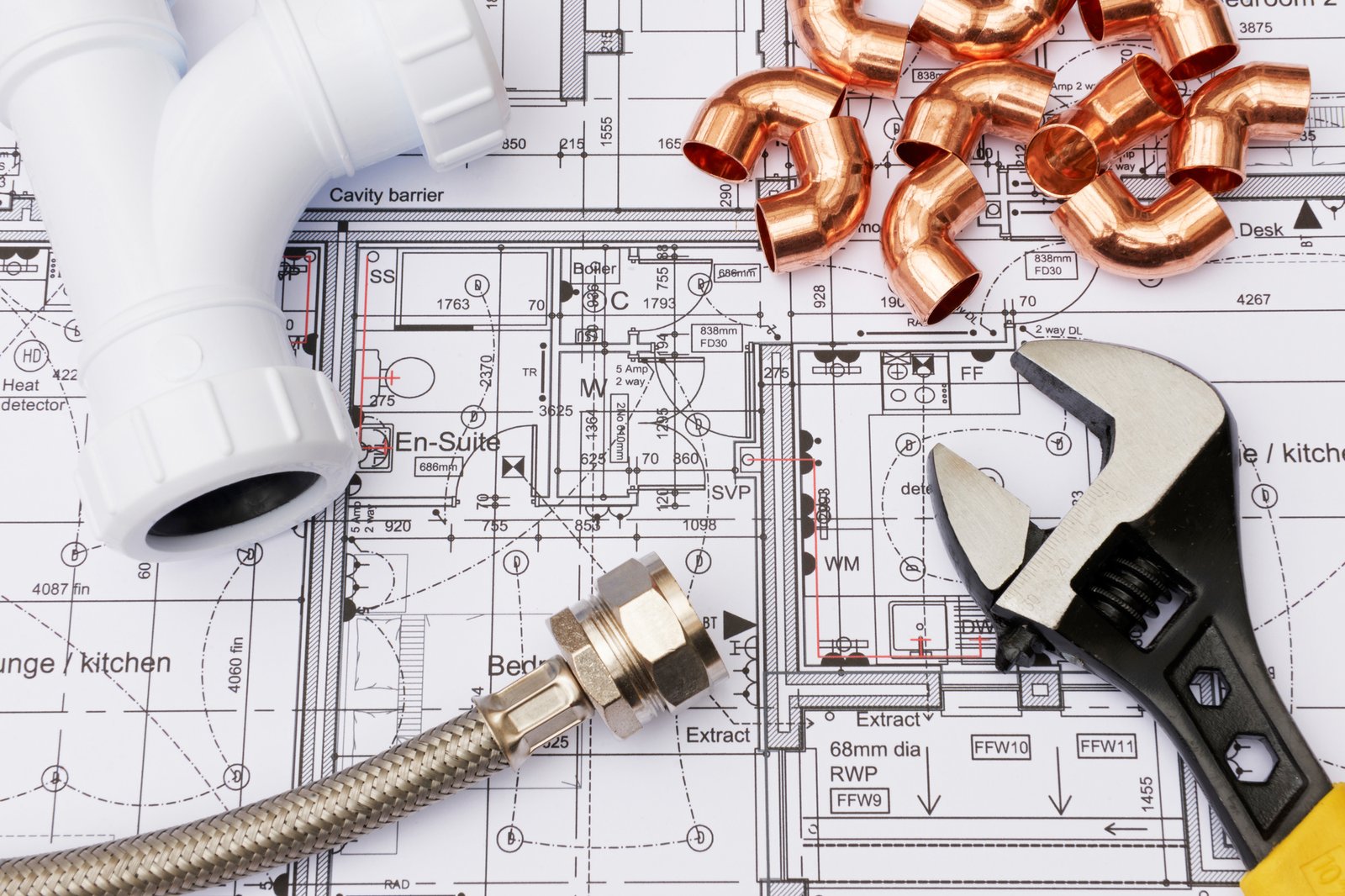Table of Contents
Plumbing is an essential aspect of our lives, but many average Joe’s aren’t quite sure how it works. Minor leaks in your plumbing can spike water bills by more than 10 percent.
Fortunately, we have professional plumbers to save the day.
You might be curious about your plumbing, though, and want to learn more about how it works. You could even be considering trying your hand at plumbing a bathroom.
We’re looking at how to plumb a bathroom today, giving you some insight into the process. Hopefully, you’ll get a clear idea of what bathroom plumbing requires.
Let’s get started.
How to Plumb a Bathroom: Beginner’s Guide
The first thing we should note is that plumbing a bathroom is complex. If you need repairs, it’s best to call plumbing services and have someone take a look.
Don’t risk the quality of your home water by giving plumbing a shot after a few Google searches. If you’re dedicated, take the time to learn absolutely everything you need to know before you whip out your trusty wrench.
When you’ve done that, the first place to look is your city’s plumbing code guideline. Sewage and water lines are interconnected and can be toxic. Cities and states have strict codes that must be adhered to.
These codes keep people safe, they’re bound by law, and you need to understand them before adjusting plumbing.
Next, you’ll offer your plumbing plans to the city to file for permits. That includes grid drawings to the scale of your project, including each pipe and material that you’ll use.
Water Lines, Pipes, Drains, Fixtures
You’ll start the actual plumbing by turning off your water lines. Make sure you turn off the line to your bathroom, in particular, if you’re not able to shut off water to the entire house.
You can then start to remove old fixtures. You’ll want to remove fixtures even if you’re not replacing them because access to the water lines is usually underneath.
Now it’s time to install or locate hot and cold water lines for the appliances that you’re installing or removing. You should also locate the drain lines. Drain lines should be installed at an angle.
Drain lines also need vents to infuse air into the dirty water and keep it moving forward toward the sewage lines. Ventilation also prevents the wastewater from becoming noxious or toxic to anyone who might breathe its byproducts in the air.
Wastewater can easily become dangerous if it’s trapped in a vacuum.
Beyond the ideas above, installing or replacing fixtures requires more contracting knowledge. In most situations, plumbing issues are best left to the pros. The risks outweigh the rewards of doing it yourself in many instances.
Need More Home Improvement Ideas?
We hope our look at how to plumb a bathroom was useful to you. There’s a lot more to learn, though, especially when it comes to plumbing. It’s important to understand all risks before doing significant work on your home.
We’re here to help with more insights. Explore our site for ideas on bathroom plumbing, lifestyle tips, health, wellness, and more.

